Jessica Svendsen
Designer
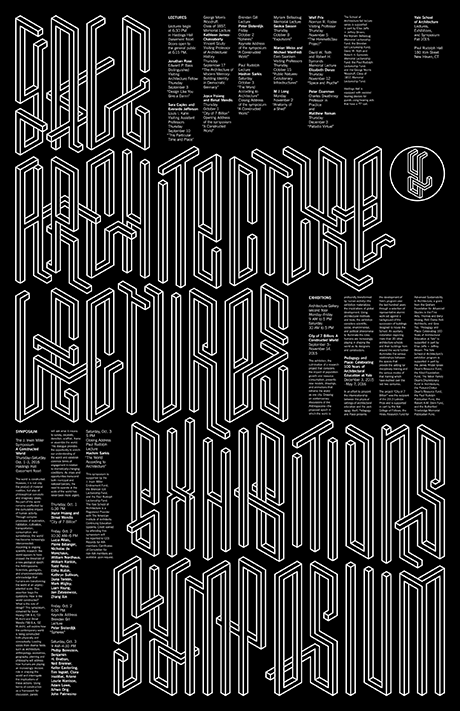
Poster design for Yale School of Architecture
Primary design concentration:
Graphic Design
Most preferred tools for designing:
Camera. Scanner. Paper, scissors and tape. Laser cutter.
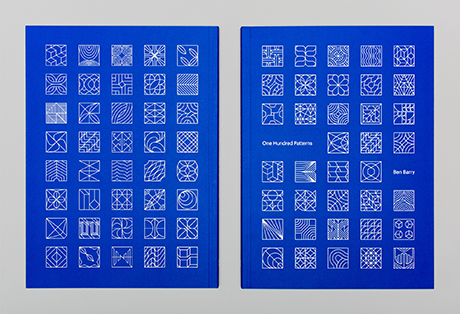
Book-cover design for “One Hundred Patterns” by Ben Barry
How and why did you choose to become a designer?
I was first introduced to design through letterpress printing. While I was an undergraduate at Yale, a couple of the college residences had letterpress studios in the basement and offered night classes. I ended up spending my evenings there for four years, printing and managing the studio. But design was only one of my extracurriculars in college, and my understanding of design history and design skills or techniques was largely self-taught. I designed posters for various departments and student groups, and finally as a senior, I enrolled in typography courses. After college, I worked and freelanced for one year, and then I enrolled in the MFA program in graphic design at the Yale School of Art.
What are some of the challenges you encounter as a designer and how do you deal with them?
Most of the challenges I’ve encountered over the past three years were part of being a designer within a larger organization. I’ve worked at a consultancies, where I have seen mismanagement, gender bias, sexual misconduct and ego. I’ve also worked within in-house studios, where I’ve seen inefficiency, unnecessary hierarchy, and wasted resources and talent. Depending on one’s investment in that studio, company, or product, you can confront those problems and push for internal change. Alternatively, it may be time to move on, seeking to surround yourself with those that share similar values.
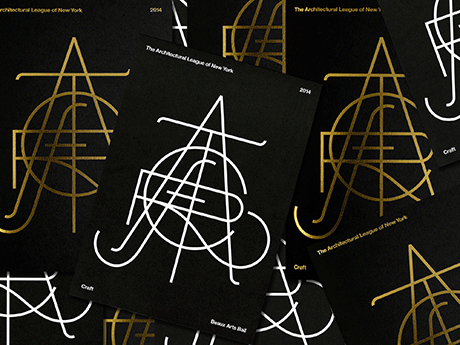
Identity design for the Architectural League of New York
What is your definition of an “elegant solution,” that is, good design?
Sophisticated solutions have a strong conceptual framework. When the design process is interpretive and analytical, the form remains closely tied to the content. When an idea or concept drives the visual form, the result is both referential and engaging for the audience. The work should also be self-contained, where the viewer is able to understand or dissect the layers of meaning, on their own.
This type of design is grounded in a visual argument or position, but the results are also visually beautiful. Visually, it could be simple, meticulous and understated. Or it could be complicated, idiosyncratic and unexpected. But I often find myself lingering over the things that I’ve never seen or interacted with before.
From skills to values, what makes a designer successful?
When a designer works on a project that is both intellectually challenging and creatively satisfying.
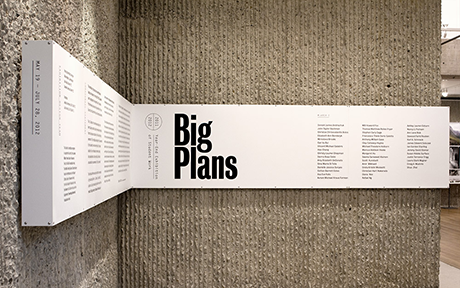
Exhibition design for “Big Plans”—graduate student work at the Yale School of Architecture
How do you stay motivated and grow personally and professionally as a designer?
Some of the strongest designers I know were trained in another discipline or field. They discovered design in college, or in their first job, and managed to transition into design. Some educational programs encourage this outsider perspective—most notably Yale and RISD—but often, these designers are initially self-taught, learning the skills and technology on their own. But their curiosity and discipline instills a capacity for self-education that benefits their entire career. Given how rapidly technology changes, these designers are already equipped to adapt, learn new tools, and experiment with different mediums. In addition, those who explore design through a different lens—whether being trained in another discipline, or studying another field in their studio practice—bring a new point of view to design, creating more diverse, and more nuanced work.
For those aspiring to become a designer, whatever the discipline, what is your advice?
Remain a generalist as long as possible. Learn a programming language.
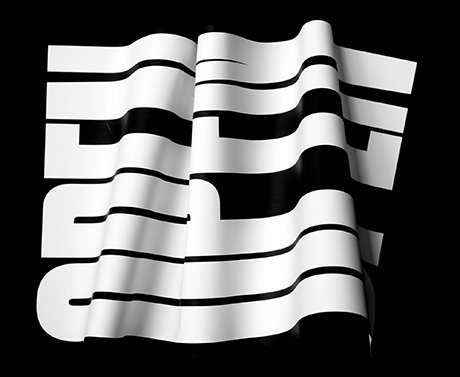
Detail of poster design for the Yale School of Architecture Open House
What is your quest in design, from a professional practice, education or evolution standpoint?
Designer David Reinfurt noted in an interview with Ludlow 38 that the boundaries of contemporary design practice span a broad spectrum of work—a designer is also a curator, architect, educator, programmer and filmmaker. But Reinfurt argues that a multidisciplinary design practice is not exactly new. He cites Charles and Ray Eames, who designed everything from furniture and homes, to films and exhibitions. Part of their work was self-initiated, part was commissioned, but “what links them is not a specific activity, but rather an approach.” When I consider a lifelong career in design, I am looking for a similar broad and varied practice. The ideal is a more multidisciplinary studio, where I have opportunities to create everything from furniture, interiors, clothing, murals, identities and films.
Previous: Sara Ridky | Next: Carolina Scarpetta
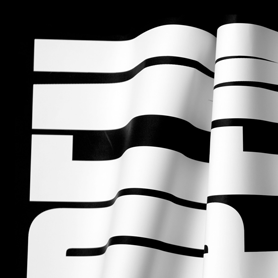
Support this solo initiative
What began as a collection of links has evolved into a comprehensive archive committed to creative culture—offering so far 395 interviews with under-the-radar Artists, Designers & Makers, in addition to 202 write-ups across events, books, movies, more. Free to explore. Free from ads. If you gain a level of motivation, knowledge, even delight, from Design Feast, please support on Patreon. Thanks for your consideration!
Wishing you continual success,
Nate Burgos, Content Creator & Publisher
Comments
There are no comments yet.
Leave Your Comment